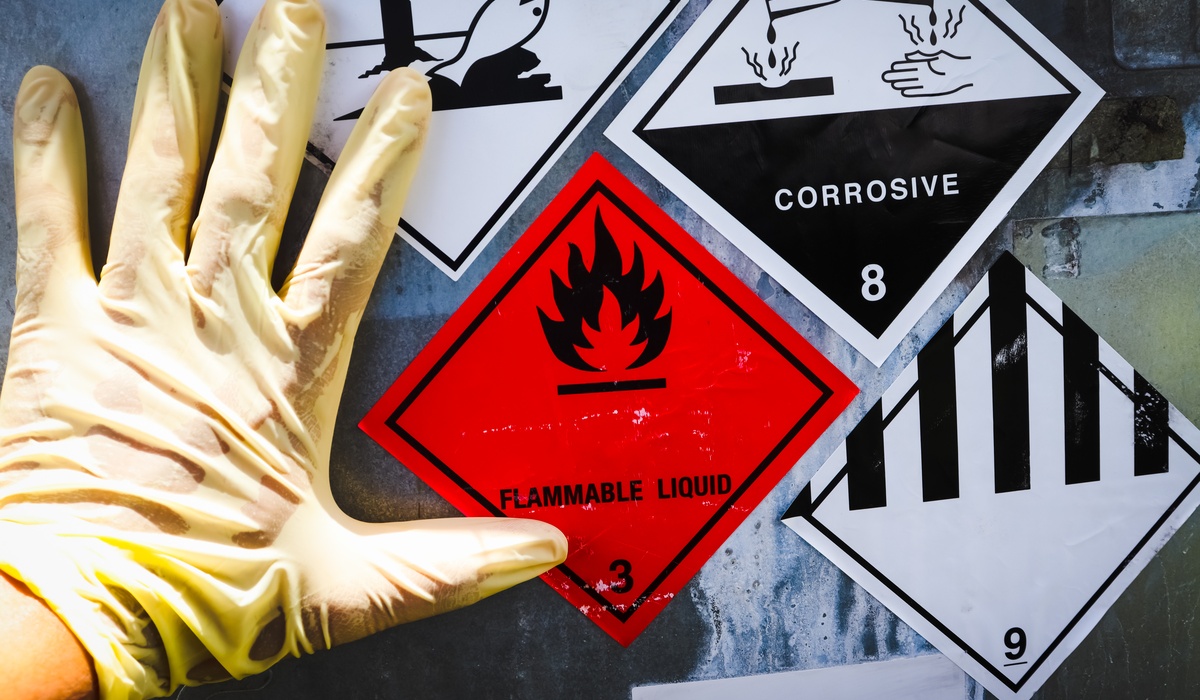Every year, improper hazardous waste handling leads to thousands of workplace injuries and millions in regulatory fines. The difference between a safe workplace and a dangerous one often comes down to something surprisingly simple: clear, accurate labeling.
Hazardous waste poses serious risks to workers, communities, and the environment. From chemical burns to toxic exposure, the consequences of mishandling these materials can prove devastating. Clear labeling serves as the first line of defense, providing essential information that keeps everyone safe while ensuring regulatory compliance with hazardous waste safety protocols.
OSHA’s Hazard Communication Standard requires employers to label all hazardous chemicals in the workplace. This includes hazardous waste containers, which must display specific information about their contents and associated risks.
The EPA reinforces these requirements through the Resource Conservation and Recovery Act (RCRA). Under RCRA regulations, facilities must properly identify and label hazardous waste from the moment of generation until final disposal. Violations can result in fines ranging from thousands to millions of dollars, depending on the severity and frequency of infractions.
A proper hazardous waste label must include several critical elements to protect workers and maintain compliance. The waste’s identity comes first—whether it’s a specific chemical name or a general description that clearly identifies the material’s hazardous properties.
Hazard warnings follow next, using standardized pictograms and signal words that immediately communicate danger levels. Physical and health hazards require separate identification, as do any special handling requirements like temperature restrictions or incompatible materials.
Hazardous waste container markings must also include the accumulation start date, which determines how long facilities can store the waste before requiring disposal. Contact information for the waste generator provides a crucial link in the chain of custody.
Clear labeling delivers immediate safety benefits by reducing exposure risks and preventing dangerous chemical reactions. Workers can quickly identify hazards and take appropriate precautions, significantly reducing the likelihood of accidents and injuries.
Compliance benefits extend beyond avoiding fines. Proper labeling streamlines inspections, demonstrates due diligence, and builds positive relationships with regulatory agencies. This proactive approach often results in more favorable treatment during enforcement actions.
Cost savings accumulate over time through reduced insurance premiums, fewer workplace injuries, and streamlined waste management processes. Many facilities discover that investing in quality labeling systems pays for itself through improved efficiency and reduced liability.
Implementing effective labeling requires attention to materials and processes. Consider these proven strategies:
- Choose Durable Materials: Select labels that withstand chemical exposure, temperature extremes, and moisture without fading or peeling.
- Ensure Readability: Use clear fonts, contrasting colors, and appropriate sizing that remains visible from safe working distances.
- Train Personnel: Provide comprehensive training on labeling requirements, identification procedures, and emergency response protocols.
- Establish Quality Control: Implement regular audits to verify label accuracy and completeness across all waste streams.
Regular training reinforces proper labeling procedures and keeps safety awareness high among all team members who handle hazardous materials.
Clear hazardous waste labels represent a small investment that yields enormous returns in safety, compliance, and operational efficiency. They transform potentially dangerous situations into manageable risks through proper communication and preparation.
Don’t wait for an accident or inspection to reveal labeling deficiencies. Review your current labeling practices today, identify areas for improvement, and implement the changes needed to protect your workers, your community, and your bottom line.









